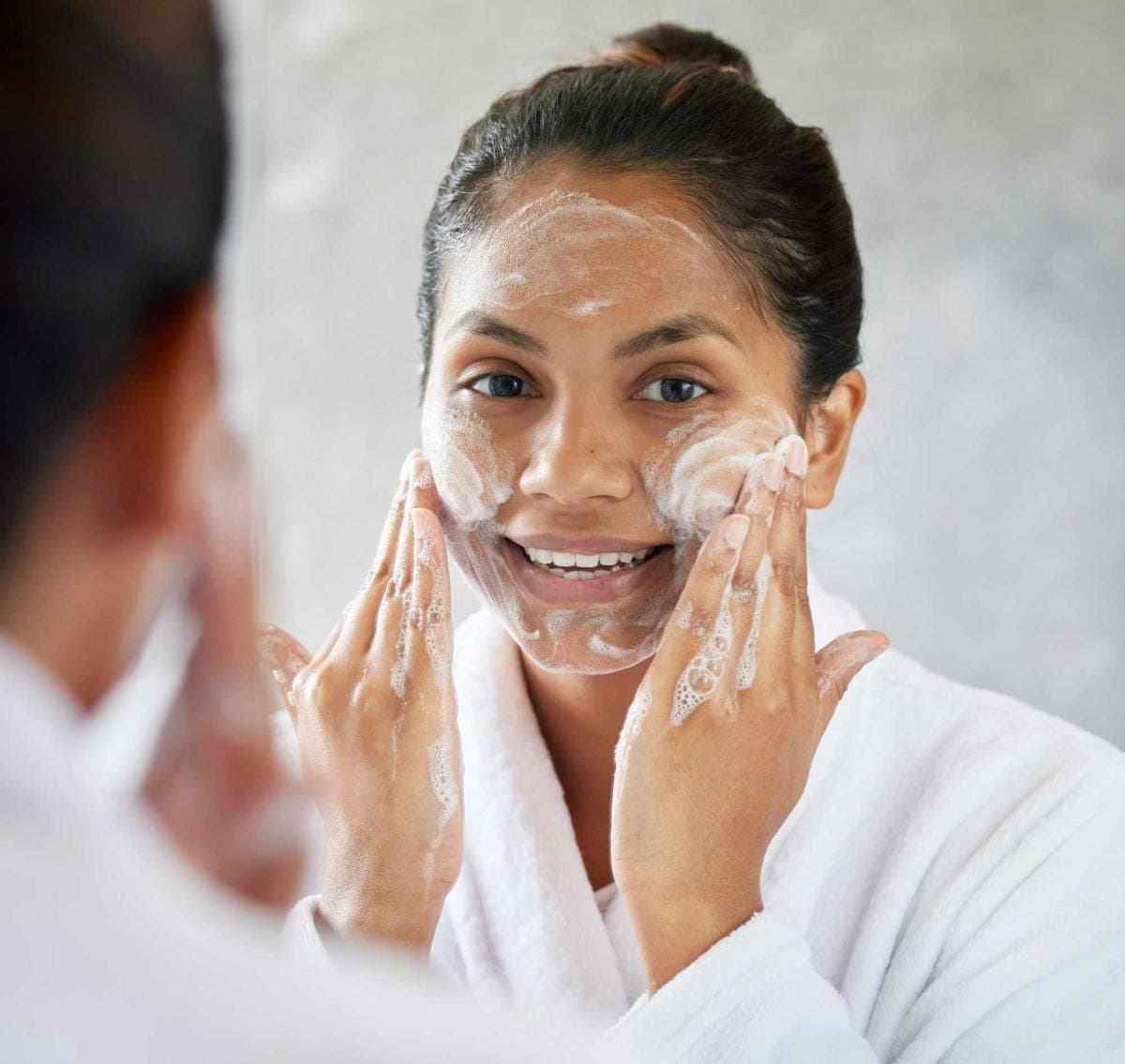Skincare, Trends & Opinions
Skin Cycling: Revolutionizing Your Skincare Routine
Imagine a skincare routine that delivers glowing results without overloading your skin. Enter skin cycling, a trend embraced by dermatologists and skincare enthusiasts alike. If you’ve been struggling with irritation, breakouts, or dullness despite using high-quality products, this method might just be the game-changer you’ve been waiting for.
What Is Skin Cycling?
Skin cycling is a deliberate approach to skincare where you rotate active ingredients over a set number of days to maximize benefits while minimizing irritation. This method acknowledges that your skin thrives on balance, not excess. Instead of using harsh exfoliants, retinoids, and hydrators all at once, you’re spacing them out strategically to give your skin time to repair and recover.
Dr. Whitney Bowe, a renowned dermatologist, popularized the term. The philosophy is simple: alternate “active” nights with “rest” nights. On active nights, you use powerful ingredients like exfoliants and retinoids. On rest nights, you focus on soothing and hydrating the skin. This cycle helps your skin achieve optimal health and glow.
The Core Benefits of Skin Cycling
Skin cycling isn’t just a fad; it’s rooted in science and offers tangible benefits:
- Reduces Skin Irritation: Overloading your skin with active ingredients can cause redness and peeling. Cycling allows time for recovery.
- Improves Efficacy: By giving your skin a break, products work better. You’re avoiding ingredient fatigue—a situation where your skin stops responding to actives.
- Supports Skin Barrier Health: Constant exposure to actives can compromise your skin barrier. Rest nights focus on nourishing and repairing it.
- Customizable for All Skin Types: Whether you have sensitive, oily, or combination skin, skin cycling can be tailored to suit your needs.
A Typical Skin Cycling Schedule
A basic skin cycling routine usually spans four nights:
- Night 1: Exfoliation Night Start with a gentle cleanser to remove dirt and oil. Follow with a chemical exfoliant, like glycolic or lactic acid. This removes dead skin cells and preps your skin for better absorption of other products. Finish with a light moisturizer to keep your skin hydrated.
- Night 2: Retinoid Night Cleanse your skin and apply a pea-sized amount of a retinoid. Retinoids stimulate collagen production and accelerate cell turnover. Pair it with a hydrating moisturizer to combat dryness.
- Nights 3 and 4: Recovery Nights These are the rest days. Focus on hydration by using products with ingredients like hyaluronic acid, ceramides, and niacinamide. Avoid active ingredients and let your skin heal and restore its natural barrier.
Repeat the cycle, adjusting as needed based on your skin’s reaction.
Who Should Try Skin Cycling?
This routine is especially beneficial for those new to active ingredients. If you’ve been hesitant to try retinoids or exfoliants due to fear of irritation, skin cycling offers a gentle introduction. It’s also ideal for people with sensitive skin or those who experience frequent flare-ups from overuse of products.
Advanced skincare users can adapt skin cycling to incorporate more potent actives or extended cycles. For example, adding a second retinoid night or including antioxidant serums during recovery nights.
Customizing Skin Cycling for Your Needs
No two skins are alike. While the four-night cycle is a great starting point, you can tweak it:
- For Sensitive Skin: Use milder exfoliants like mandelic acid and opt for a gentler retinoid formulation.
- For Oily Skin: Incorporate salicylic acid on exfoliation nights to target clogged pores.
- For Aging Skin: Add a peptide serum or antioxidant cream on recovery nights to boost collagen production.
The key is to listen to your skin. If it feels irritated or dry, extend the recovery phase or reduce the frequency of active nights.

Common Mistakes to Avoid
- Skipping Moisturizer on Active Nights: Actives can dry out your skin, so always pair them with hydration.
- Over-Exfoliating: Resist the urge to exfoliate more than once per cycle. Too much exfoliation can damage your skin barrier.
- Ignoring Sunscreen: Actives like retinoids and exfoliants increase sensitivity to the sun. Wear SPF 30 or higher daily.
- Using Too Many Products: Keep it simple. Skin cycling is about giving your skin what it needs, not overwhelming it.
FAQs About Skin Cycling
Is skin cycling suitable for acne-prone skin? Absolutely. In fact, it can be particularly beneficial. The structured use of actives prevents overuse, which often leads to irritation and breakouts.
Can I use serums during recovery nights? Yes, as long as they’re hydrating and non-irritating. Look for serums with hyaluronic acid or niacinamide.
How soon will I see results? Most people notice improvements in skin texture and glow within two weeks. For significant changes like reduced fine lines or acne, it may take 6-8 weeks.
Can I combine skin cycling with professional treatments? Definitely. Just ensure there’s no overlap. For instance, avoid exfoliating the night before a chemical peel.
What if my skin feels irritated? Extend the recovery phase and focus on soothing products like aloe vera or centella asiatica.
The Science Behind Skin Cycling
The concept aligns with the natural repair mechanisms of the skin. Overnight, your skin goes into recovery mode, producing collagen and repairing damage. By alternating actives and rest, you’re working with your skin’s natural processes instead of against them.
A study published in the Journal of Dermatological Science highlighted the importance of skin barrier repair in achieving long-term skin health. Skin cycling’s deliberate rest days focus on this repair, setting it apart from traditional routines that overemphasize actives.
Why It’s Worth the Hype
Skin cycling isn’t about more; it’s about smarter. This minimalist yet effective approach allows your skin to thrive without constant interference. It’s an adaptable, science-backed strategy that’s here to stay. Whether you’re a skincare novice or a seasoned pro, this method can simplify your routine and transform your skin. So why not give it a try? Your skin might thank you for it.




